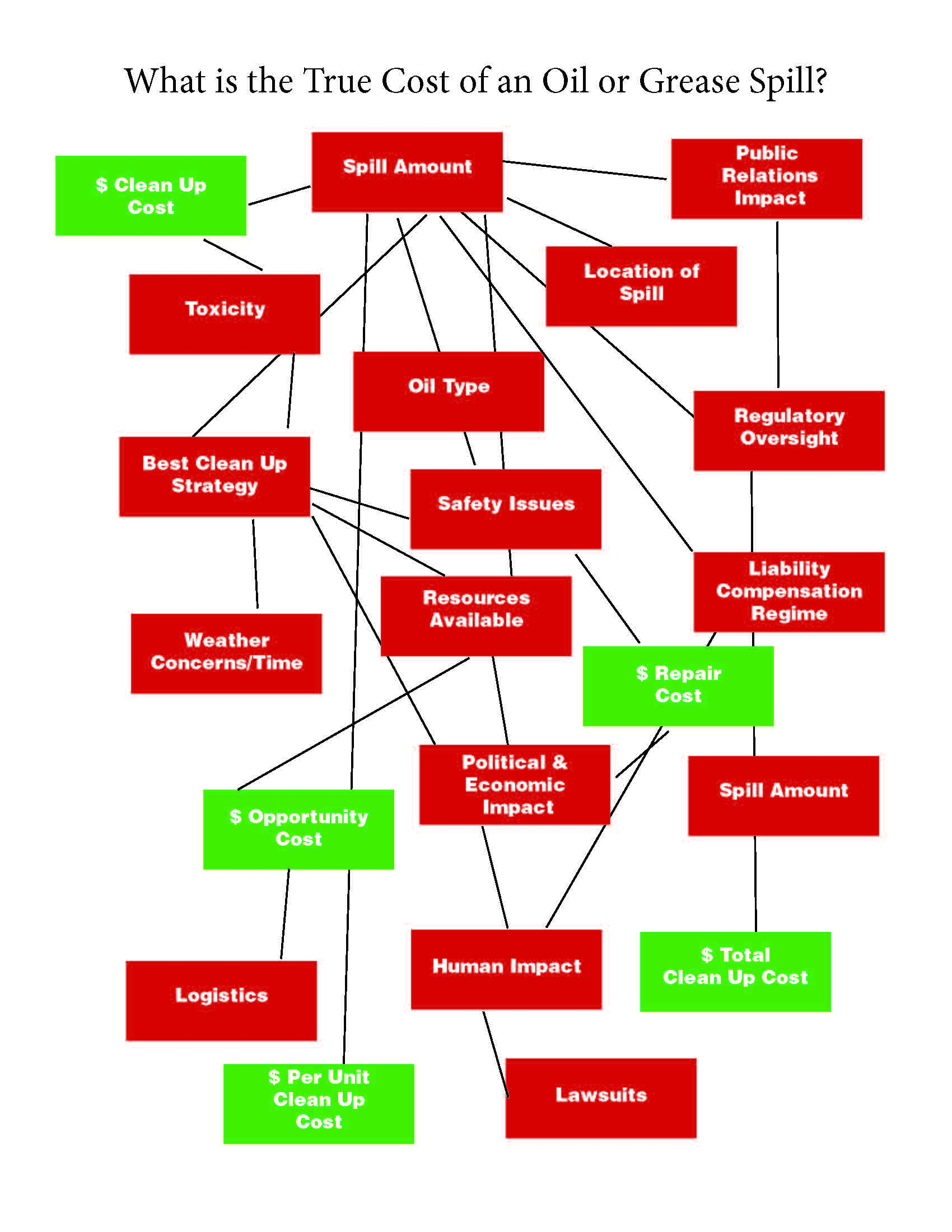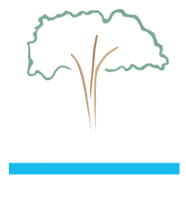The factors that affect cleanup of an oil spill cost are complex Posted on Thursday, June 22nd, 2017 and is filed under News

While the final costs of cleanup can vary and are difficult to quantify, there are often lawsuits and fines associated with the spill, along with an increase in liability insurance rates.
When an oil leak or spill occurs, it could take hydro operators months of constant clean-up activities, diverting its valuable human and financial assets from production. Potential lost “opportunity costs” must also be factored into plant owners/managers risk equations as resources are directed to cleanup activities and to resolving the technical problems that initiated the spill.
The factors that affect cleanup cost are complex and interrelated. While the final costs of cleanup can vary and are difficult to quantify, there are often lawsuits and fines associated with the spill, along with an increase in liability insurance rates.
Cleanup costs largely depend on the circumstances surrounding the spill including the type of product spilled, the location and timing of the spill, sensitive threatened or affected areas, local and national laws, and existing cleanup procedures and strategies. The complex interrelationship of these factors and the manner in which they are influenced by other factors is shown in the figure at the top.
Considering that drinking water often comes from the same rivers flowing through commercial hydroelectric facilities, any instance of oil or hazardous contamination will surely bring intense scrutiny and lead to a tightened regulatory regimen, public relations nightmares and potential lawsuits. The continued scrutiny of Riverkeeper organizations around the country and increased public awareness of drinking water health issues stimulated by Flint, Michigan drinking water crisis, suggest that focus on this issue is likely to increase.
Because minimizing the environmental impact of a hydroelectric power generating facility is, or should be, a key component in many organizations’ environmental policy, one of the largest concerns in a hydroelectric plant should be the risk of potential water contamination due to leaking oil, especially in the turbine pit. Although oil can leak from many components in a plant, Kaplan turbine hubs and main guide bearings have been identified as a primary source of leaks in the past. For example, in the 1990s, Idaho Power Company conducted a two-year study of oil leakage at its three Hell’s Canyon power plants which found that “oil leaks that reach the river come primarily from the turbine guide bearing.”
The stakes are high: hydroelectricity’s reputation as a “green” energy source will be compromised if questions of oil contamination from leaking turbines or main guide seals are not addressed. The bottom line – oil leaks or spills cannot be tolerated at hydro facilities.
Proposed solution, Zero pollution
Fortunately, there are time-tested options to convert any oiled or composite bearing into a long-lasting run-of-the-river bearing with virtually no risk to the environment. Lignum-vitae bearings have provided an oil-free solution for over 130 years in silty, muddy applications, including some that have been in continuous service for over 50 years. Regarded as both the hardest and densest wood in the world (at 1.23 g/cm3) lignum-vitae’s durability in submerged applications is exceptional.
In a 1921 study, prominent botanist and forestry professor Samuel J. Record provided the following description of this unique and complex natural wood product: “The properties which make lignum-vitae valuable are great density and hardness, extreme toughness, and resistance to wear. The large resin content of the wood acts as a preservative and a natural lubricant, thus making it especially adapted for service under water, as in the case of propeller bushings.” Lignum-vitae is known to contain over 2,000 unique compounds woven into a combination offering exception lubrication.
For many years, the synthetics and composite guide bearing materials have adequately performed their functions in hydro plants. However, recent years have seen a rise in problems and maintenance associated with composite and synthetic bearings as they wear over time, in addition to the increased awareness of the biological consequences of their use. Specifically, synthetic/plastic and composite guide bearings generally require a gap between the shaft and bearing that has the effect of “hammering”, as opposed to a smooth rotation, which can cause the release of minute particles of the bearing material into the water but also causing ultimate damage to the equipment due to long term vibration stressing metal components throughout the system.
Conversely, lignum-vitae bearings operate at zero clearance on a mixed-mode of lubrication that allows direct contact and, when a gap develops, it shifts to operating as an oiled-film bearing with a reduced coefficient of friction. When the shaft warms, the wood’s guaiac resin glazes the surface and remains in place for years between adjustments and requires nothing but the free run-of-the-river without filtering – thereby eliminated all regulatory risks resting from discharging oil into the water.
With regard to water quality concerns, Lignum-Vitae North America (LVNA) recently achieved certification of its water- and self-lubricated bearings under NSF/ANSI 61: Drinking Water Systems Components Health Effects, thereby verifying that its bearings are safe for use in drinking water, and comply with U.S. and Canadian regulatory requirements for many components used in water systems.
————-
NSF International is an independent organization that develops standards, and tests and certifies products and systems. NSF/ANSI 61 was developed by a team of scientists, industry experts and industry stakeholders. Components certified to the NSF/ANSI 61 standard undergo rigorous testing to ensure regulatory compliance for components that contact drinking water from source to tap. Components are tested to determine what contaminants, if any, may migrate or leach from such products into drinking water.

"The Natural Bearing Choice for Over 130 Years"